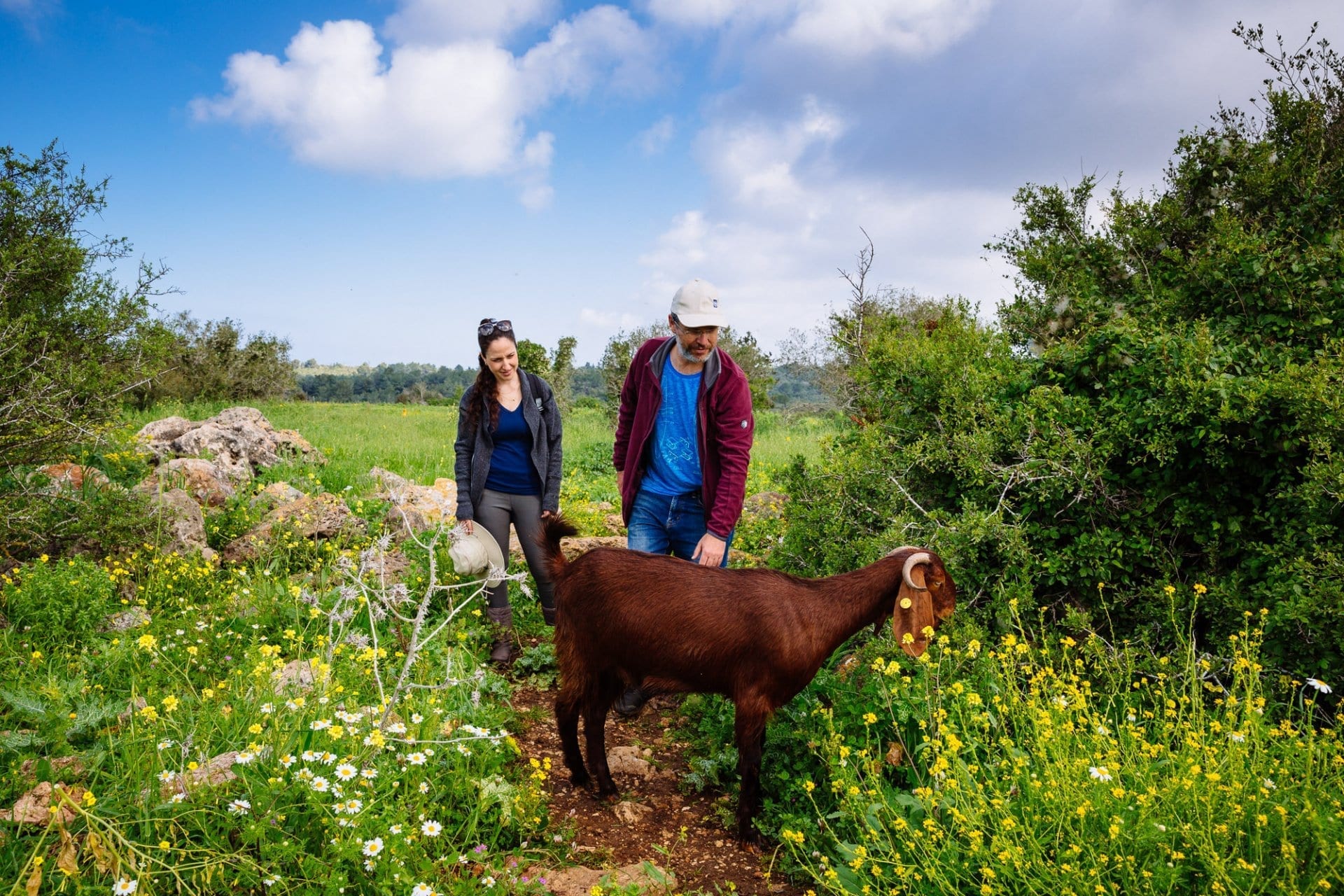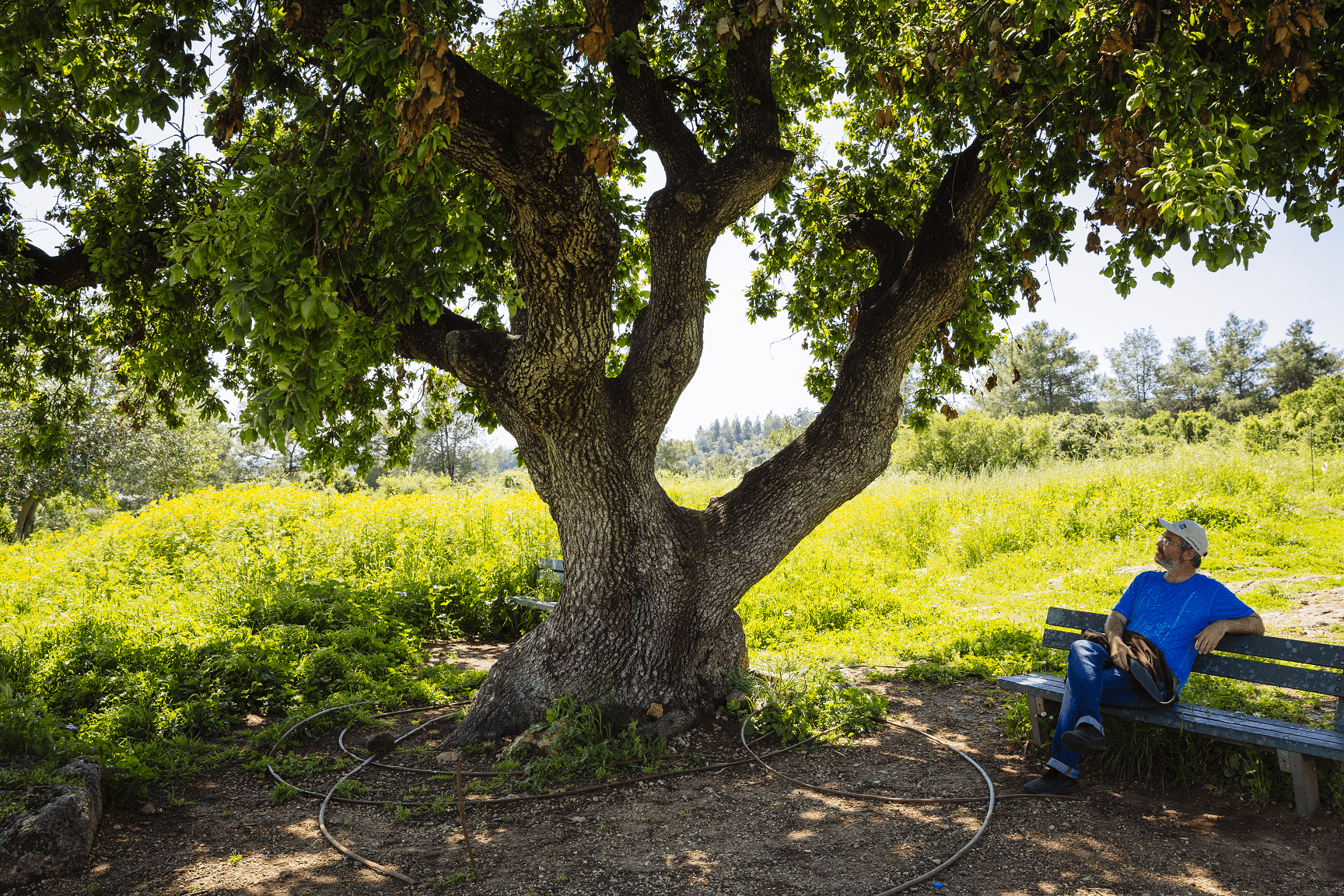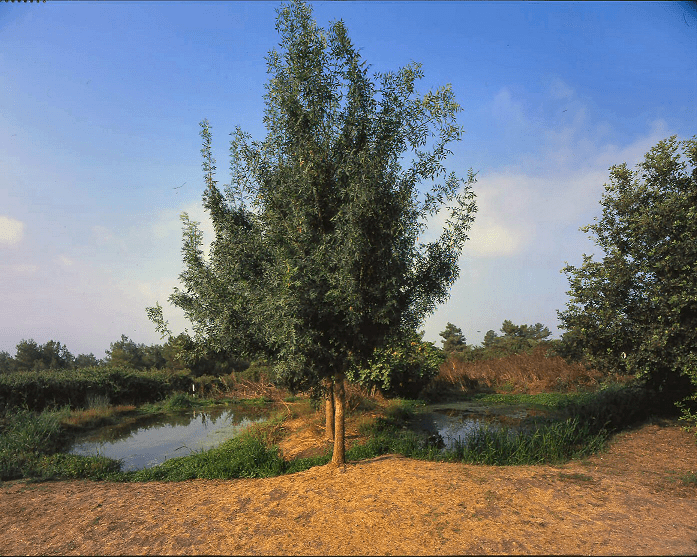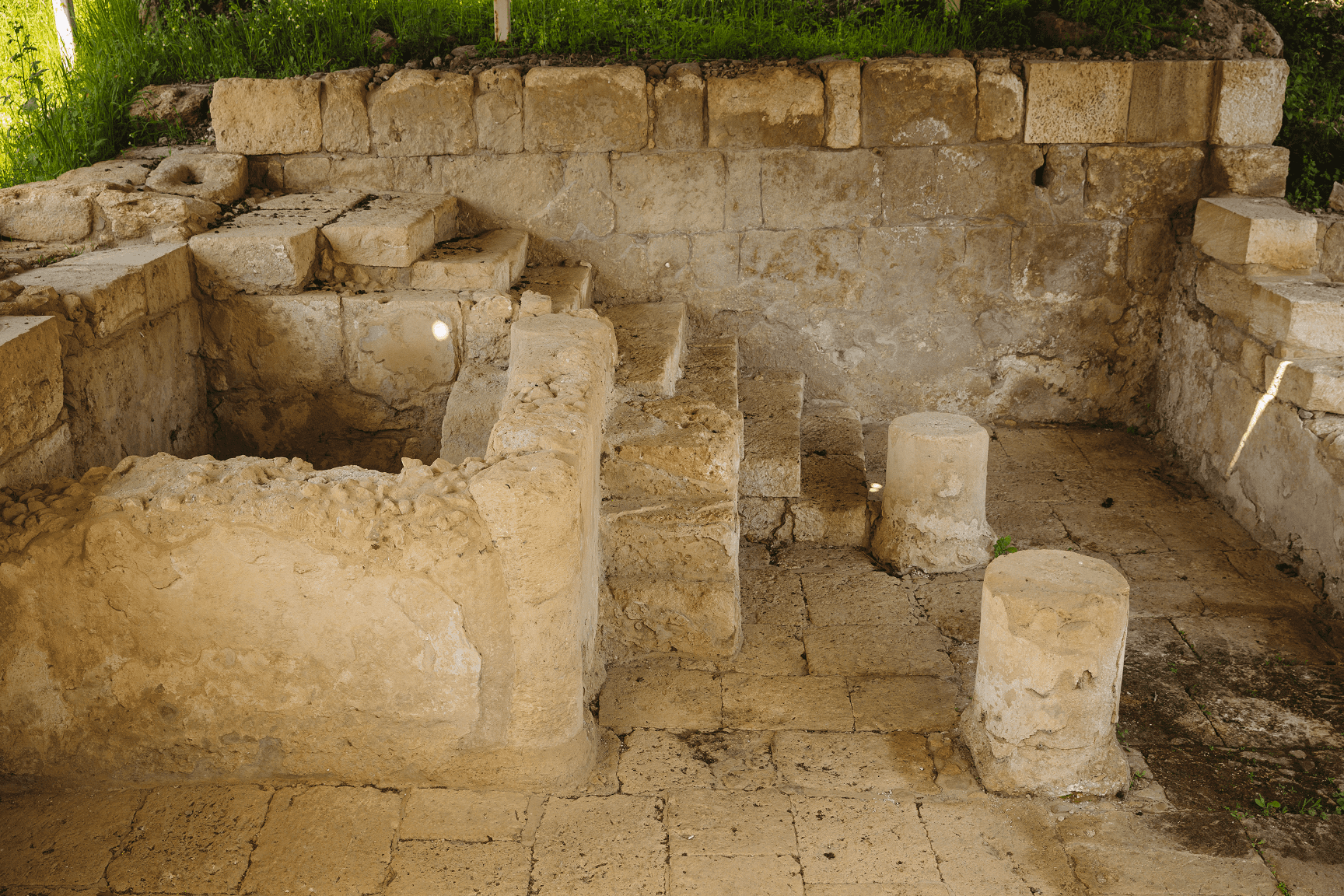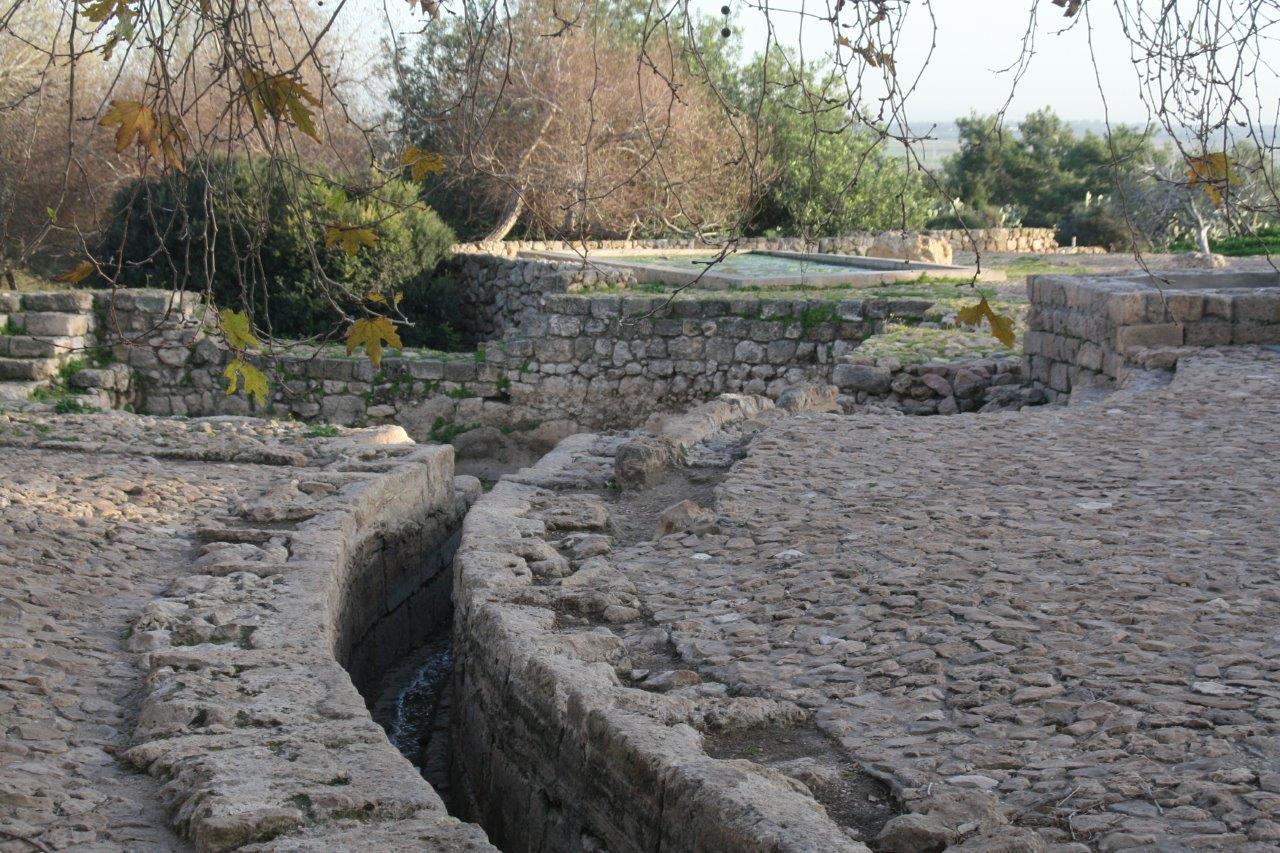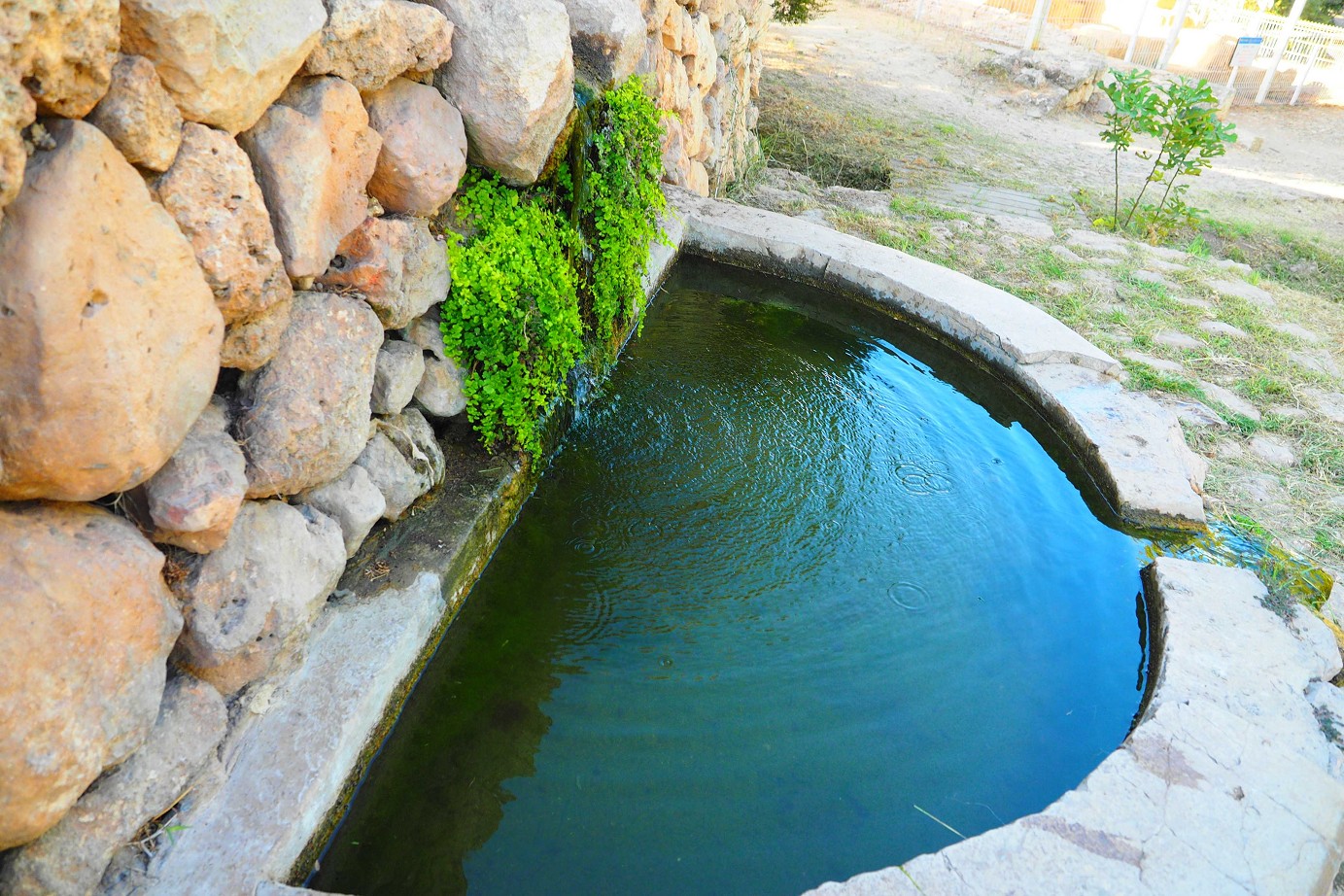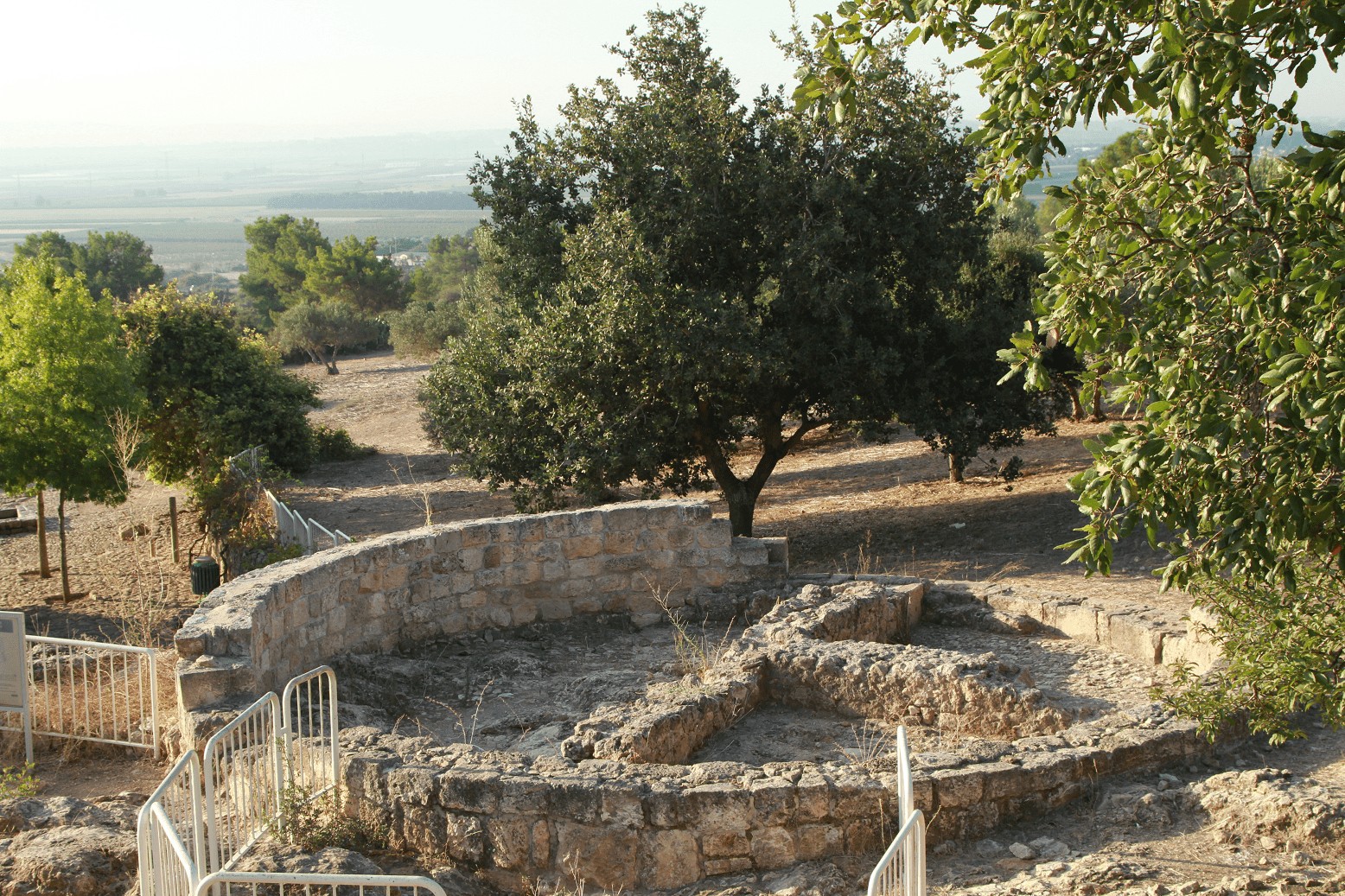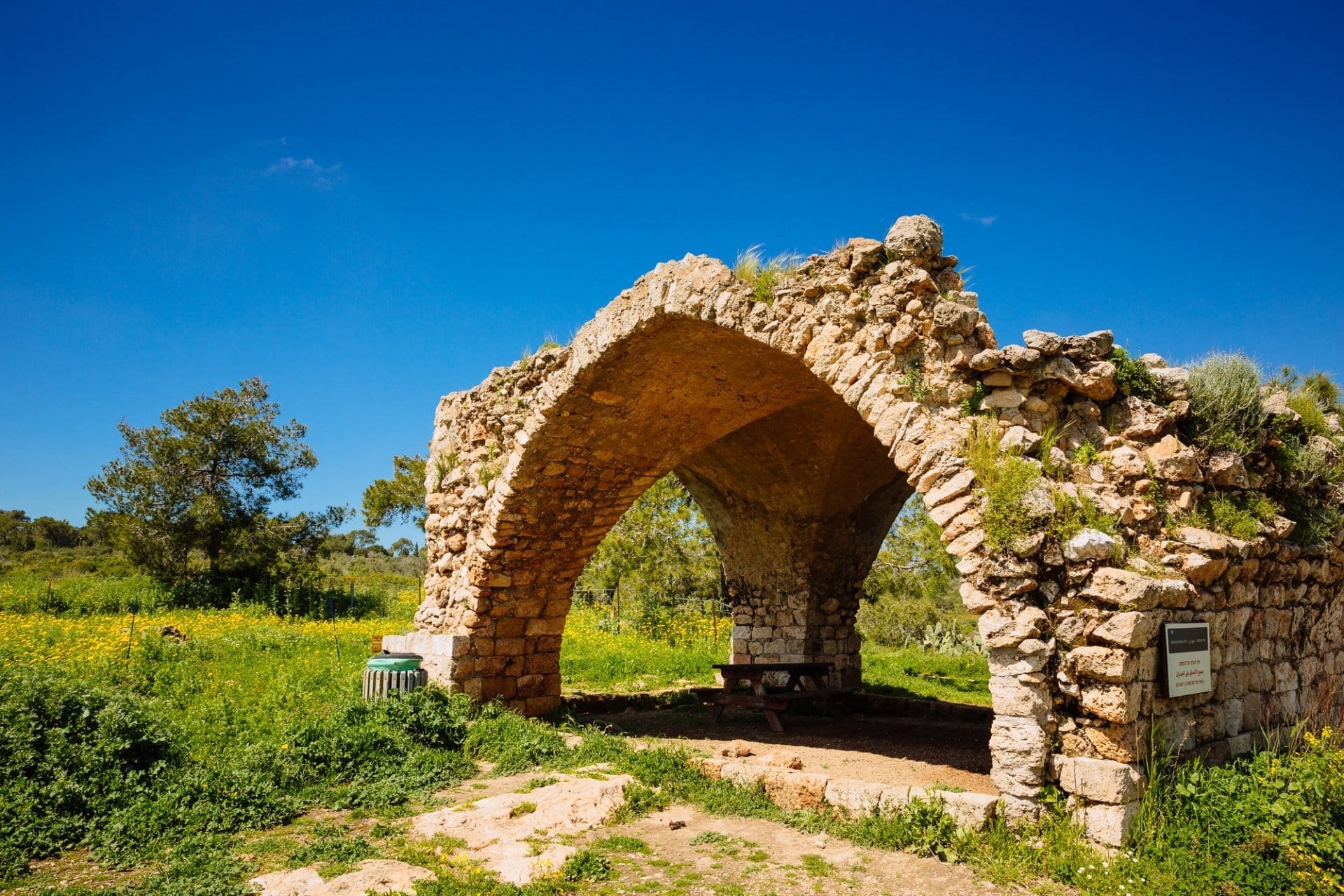The Spring Trail(Blue)
The route marked in blue is the Spring Trail, inviting hikers to a journey back in time: to a 2000-year-old agricultural settlement, a hidden spring, and a wishing well. The path passes Beit Houri, a farm dating from the Ottoman period. From there it continues to a Herodian palace, a remnant of the fortified farmhouse from the days of King Herod, and to Ein Zur, a spring and aqueduct used for ceremonial purposes during the Byzantine era.
Please note: due to massive construction near Kramim School, the entrance to Ein Zur spring has moved south (around the boat)


